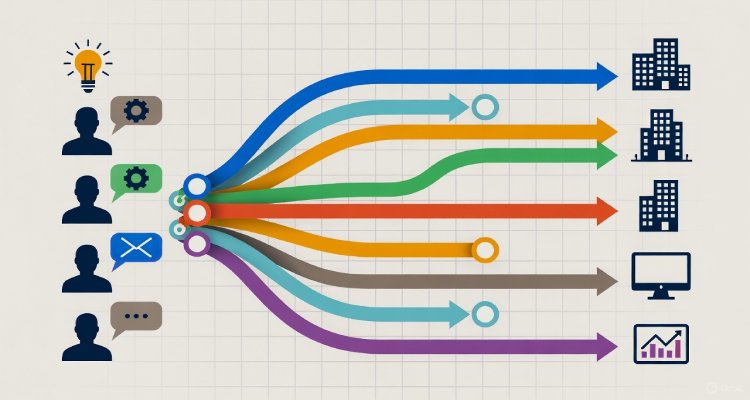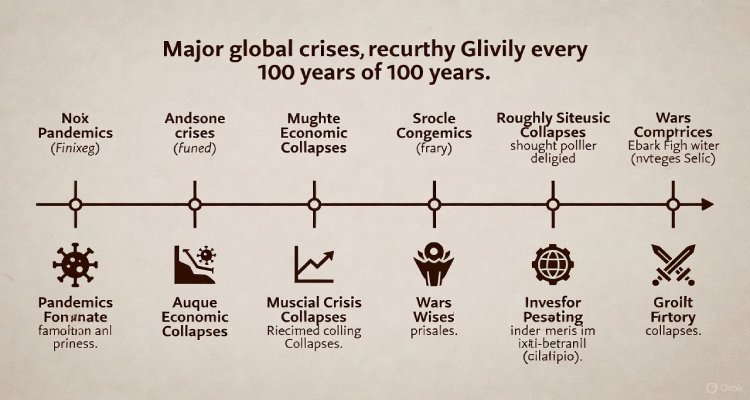The Forgotten Power of Tidal Clocks
Tidal clocks once guided fishermen, sailors, and coastal communities with precision. Here’s why their legacy matters in a changing climate.
Introduction: When Time Moved with the Tide
Before smartphones, GPS, and atomic timekeeping, coastal life revolved around something far more ancient—the rhythm of the sea. For centuries, tidal clocks, often mounted in harbor offices or kept in fishermen’s homes, told not only the hour but also the exact stage of the tide. They were lifelines for communities whose survival depended on the ebb and flow of water. Yet today, these marvels of mechanical ingenuity are fading into obscurity.
Context & Background: The Mechanics of a Forgotten Timekeeper
A tidal clock is no ordinary timepiece. Unlike standard clocks, which follow a 24-hour cycle, tidal clocks run on a 12-hour and 25-minute cycle—the time it takes for the tide to return to the same point due to the Moon’s gravitational pull. Early models, dating back to the 17th and 18th centuries, were handcrafted and often built into ornate wooden casings.
In Britain, France, and Japan—nations with long coastlines—tidal clocks were as common in fishing villages as church bells. They allowed sailors to know when harbors would be navigable, when fishing nets could be cast, and when treacherous sandbanks might be revealed.
By the late 19th century, clockmakers like Thomas Mudge in England and Charles Frodsham in France perfected tidal clock designs, making them both precise and beautiful. Some were even synchronized with astronomical observations, aligning coastal timekeeping with lunar phases.
Main Developments: Why They Faded from Use
The decline of tidal clocks began in the mid-20th century with the rise of radio time signals and later digital tide tables. GPS-enabled devices and online tide charts now give second-by-second readings, often tailored to specific locations.
For many, this technological shift was a convenience. But for historians and coastal communities, it marked the loss of an intimate connection between human life and the Moon’s rhythms. Unlike digital readouts, tidal clocks were tangible, visual reminders of the sea’s influence—a quiet pulse that dictated work, travel, and even survival.
Expert Insight: The Value They Still Hold
“A tidal clock isn’t just a tool—it’s a cultural artifact,” says Dr. Helena Brooks, a maritime historian at the University of Plymouth. “It represents a time when we lived in sync with natural forces rather than trying to outpace them.”
Marine ecologists also note that tidal awareness is making a comeback in climate adaptation strategies. As sea levels rise and storm surges intensify, communities are rediscovering the importance of knowing tidal patterns—not just for navigation, but for safety planning.
Some coastal towns in Cornwall, Maine, and Brittany have begun restoring old tidal clocks in museums and public spaces, treating them as both historical exhibits and functional tools.
Impact & Implications: Why Tidal Clocks Could Matter Again
In the age of climate change, the tidal clock’s value is more than nostalgic—it’s practical. Rising seas, unpredictable weather, and shifting coastlines mean that local, analog knowledge is still crucial, especially when technology fails. A power outage during a storm can render digital systems useless, but a mechanical tidal clock will keep ticking as long as its gears turn.
There’s also an educational dimension. Schools in maritime regions are using restored tidal clocks to teach students about astronomy, oceanography, and history all at once—blending science and heritage in a way no app can replicate.
Conclusion: The Timepiece That Listens to the Moon
Tidal clocks are more than relics; they are reminders that human time and nature’s time are not the same. In a world rushing toward hyper-precision digital technology, perhaps there is wisdom in looking back at a device that worked in harmony with the cosmos.
Restoring them isn’t just about preserving history—it’s about regaining a lost sense of rhythm. The Moon still pulls the tides, just as it has for billions of years. Maybe it’s time we started listening again.
Disclaimer: This article is for informational purposes only. Historical details are based on general research into tidal clock development and use; local variations may exist.











